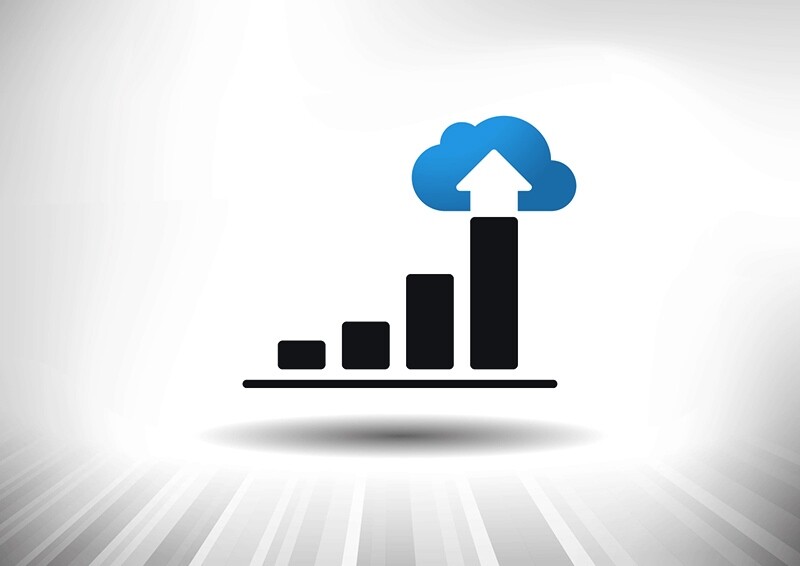Are you frustrated by an increase in the quantity of the data that your organization handles? Well, you aren?t alone! Many businesses globally are dealing with big data which brings along a mix of benefits and challenges. A report by China?s International Data Corporation showed that global data would rise to 175 Zettabyte by 2025. This growth means that you should prepare to handle even larger internal and external data soon. While you could be worried about the logistics, it?s necessary to realize that you?ll get lots of benefits from this phenomenon. As such, you should concentrate your efforts in positioning your organization to mine the data and use it for predictive analytics and proper planning. This will guarantee improved productivity, an increase in income streams, and a positive shift in customer experience.
The Relationship between Big Data and Risk Management
Big data calls for complex processing, handling, and storage system, which may include elements such as human beings, computers, and the internet. While the sophisticated Internet of Things can positively impact your business, it also carries a significant risk of data misuse. As such, it?s necessary that your organization strikes a balance between acquiring all the benefits of the big data and ensuring zero violation of the privacy and confidentiality of the data holders. The application of big data to your organization?s risk management system ensures that you get a comprehensive system that will safeguard your data, revenue streams, and predict changes that may affect the growth of the company (either negatively or positively).
Tips for Improving Risk Management When Handling Big Data
Risk management is a crucial element of any successful organization. It?s a prerequisite for certifications by various regulatory bodies such as ISO. As such, you should ensure that you devise techniques to ensure that you mitigate all the risks associated with handling big data. To curb these risks, it?s crucial that you decipher the key steps of risk management. They include the identification of the potential risk, analysis of its potential effects, prioritizing, and developing a plan on how to manage the risk in case it occurs. Aligning these elements of risk management with the handling of big data requires that you establish real-time monitoring controls. This will help in detecting any problem which will consequently enhance the process of decision-making. This technique applies across different industries, including healthcare, service, and manufacturing. Regardless of the industry, you need to regulate the risks which will develop confidence among your clients.
Risk Management Applications for Analyzing Big Data
Vendor Risk Management (VRM).
This tool is necessary for monitoring your third parties. If you allow access of any vendor to your data, you should first establish their reliability to maintain the privacy and confidentiality of the holders. The VRM will enable you to assess the degree of risks for each vendor before you enter into any form of an agreement with them. You should always ensure that you evaluate the measures that each vendor has instituted to protect the data Fraud and Money Laundering Prevention. When your organization uses predictive analysis, you?ll get a clear picture of the fraudulent activities that your business is exposed to. This allows you to devise measures that?ll protect your organization from such attacks Identifying Churn. Loss of clients is threatening for any organization. A white paper published by Fred Reichheld on behalf of Bain and Company shows that retaining clients has immense benefits to a business. For example, the financial service sector realizes approximately 25% increase in profits for every 5% of customers retained. As such, you should use big data analytics to determine customer loyalty and establish measures that guarantee high retention rates Credit Management. Managing your credit is necessary for ensuring that you meet all your financial obligations. As such, you should use data analytic tools to determine leakages and hidden resource wastage channels thus optimizing on your operations Operational Risks in the Manufacturing Sector. Big data analytic tools provide essential metrics that you can use to monitor your production. Real-time and continuous assessment of the production system ensures that you meet the demands of your customers at all time. This translates to satisfied clients and better business Determining Location for Real Estate Investment. While researching the prospects of real estate is necessary, it can be risky due to its involvement of big data. However, you can use predictive technology to assess the demographics, average income, and the traffic of a specific location. These are crucial aspects that will help you in determining the feasibility of your project. Starbucks is one of the companies that has successfully used this technique.
Conclusion
The growth of data in your company brings both benefits and challenges. However, you should position your organization to benefit from the big data through increased customer satisfaction and improved business. To achieve this, you should adequately use big data analytic tools, as highlighted in this article.

